
2025 Market Insights: The Future of Best Thermal Magnetic Circuit Breakers
As we look towards 2025, the landscape of electrical circuit protection is set to evolve significantly, particularly in the realm of Thermal Magnetic Circuit Breakers (TMCBs). According to a recent report by MarketsandMarkets, the global circuit breaker market is projected to reach $17.4 billion by 2025, growing at a CAGR of 5.5% from 2020. This growth is driven by the increasing demand for reliable and efficient electrical systems across various sectors, including residential, commercial, and industrial applications.
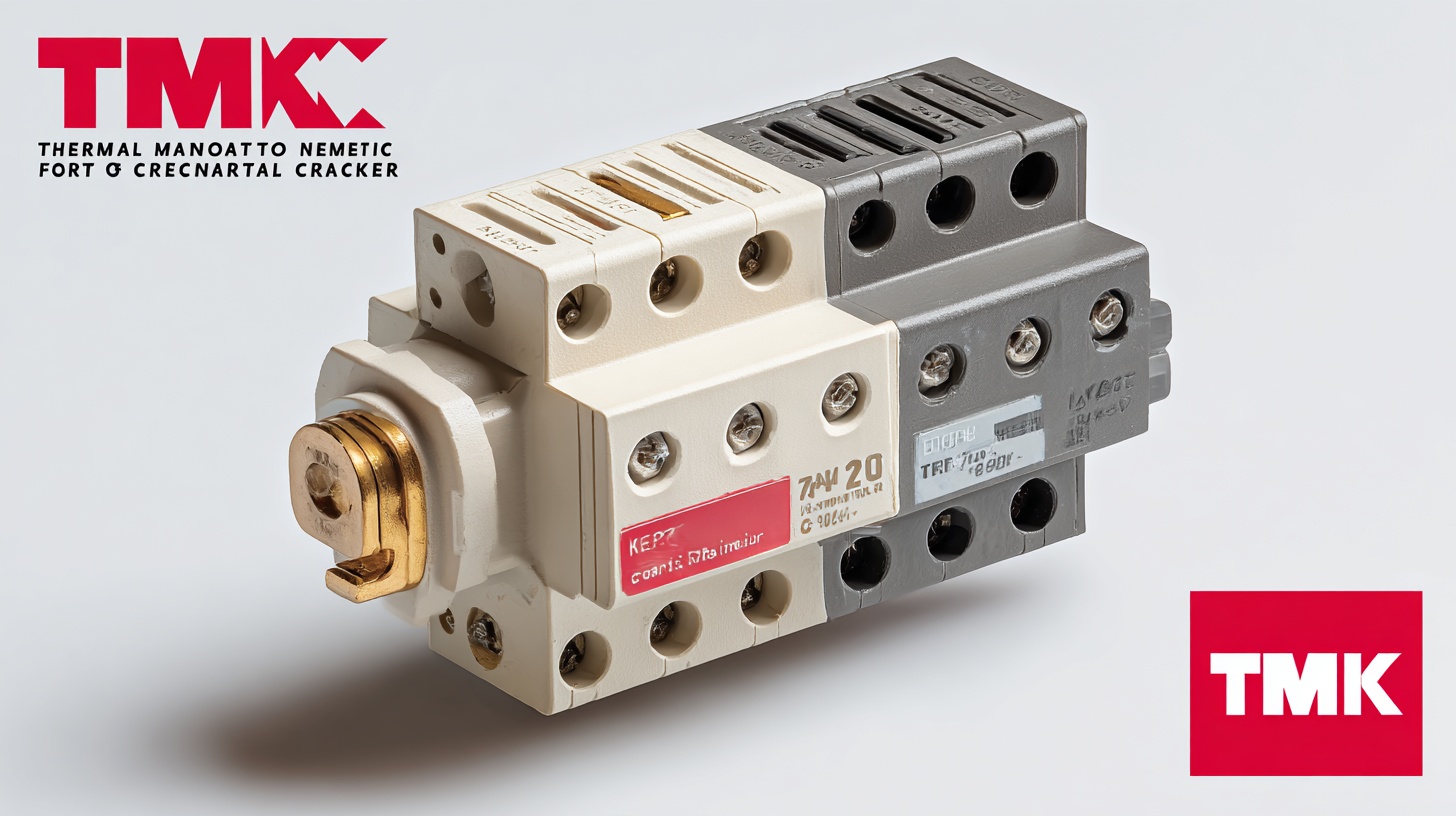 TMCBs, which combine thermal and magnetic protection to safeguard circuits from overcurrents and short circuits, will play a vital role in this transformation. By delving into the comparative advantages of different TMCB models and their applications, this blog aims to provide valuable insights into the future trends, innovations, and market dynamics shaping the use of Thermal Magnetic Circuit Breakers in coming years.
TMCBs, which combine thermal and magnetic protection to safeguard circuits from overcurrents and short circuits, will play a vital role in this transformation. By delving into the comparative advantages of different TMCB models and their applications, this blog aims to provide valuable insights into the future trends, innovations, and market dynamics shaping the use of Thermal Magnetic Circuit Breakers in coming years.
The Rising Demand for Thermal Magnetic Circuit Breakers in 2025
As we look toward 2025, the demand for thermal magnetic circuit breakers is expected to see significant growth, driven by the increasing need for reliable electrical protection across various sectors. According to a report by Research and Markets, the global circuit breaker market is projected to reach over $16 billion by 2025, with thermal magnetic breakers being a prominent segment due to their efficiency and effectiveness in preventing overloads and short circuits. The rising industrialization, particularly in developing countries, is fueling this demand as businesses prioritize safety and compliance in their electrical installations.
Furthermore, technological advancements in the manufacturing of thermal magnetic circuit breakers are also contributing to their popularity. For instance, a report from Technavio highlights that innovations in materials and design have led to improved performance metrics, enhancing energy efficiency and reducing operational costs for users. This trend is particularly relevant in the renewable energy sector, where the integration of solar and wind power systems demands reliable protection solutions. As organizations strive for sustainability, the adoption of advanced thermal magnetic circuit breakers is expected to accelerate, supporting the overall growth of the market in the coming years.
China's Role as a Global Leader in Circuit Breaker Manufacturing
As we look towards 2025, China's dominance in the global circuit breaker manufacturing market is becoming increasingly apparent. The rapid growth of the thermal magnetic circuit breaker sector is fueled by China's robust industrial ecosystem, bolstered by advanced manufacturing capabilities and significant investments in technology. This trend is expected to play a crucial role in achieving a market size of $222.5 billion by 2025, up from $210.2 billion in 2024. With the growing emphasis on safety and efficiency in power distribution, China's output is not only meeting domestic demands but also exporting to various international markets.
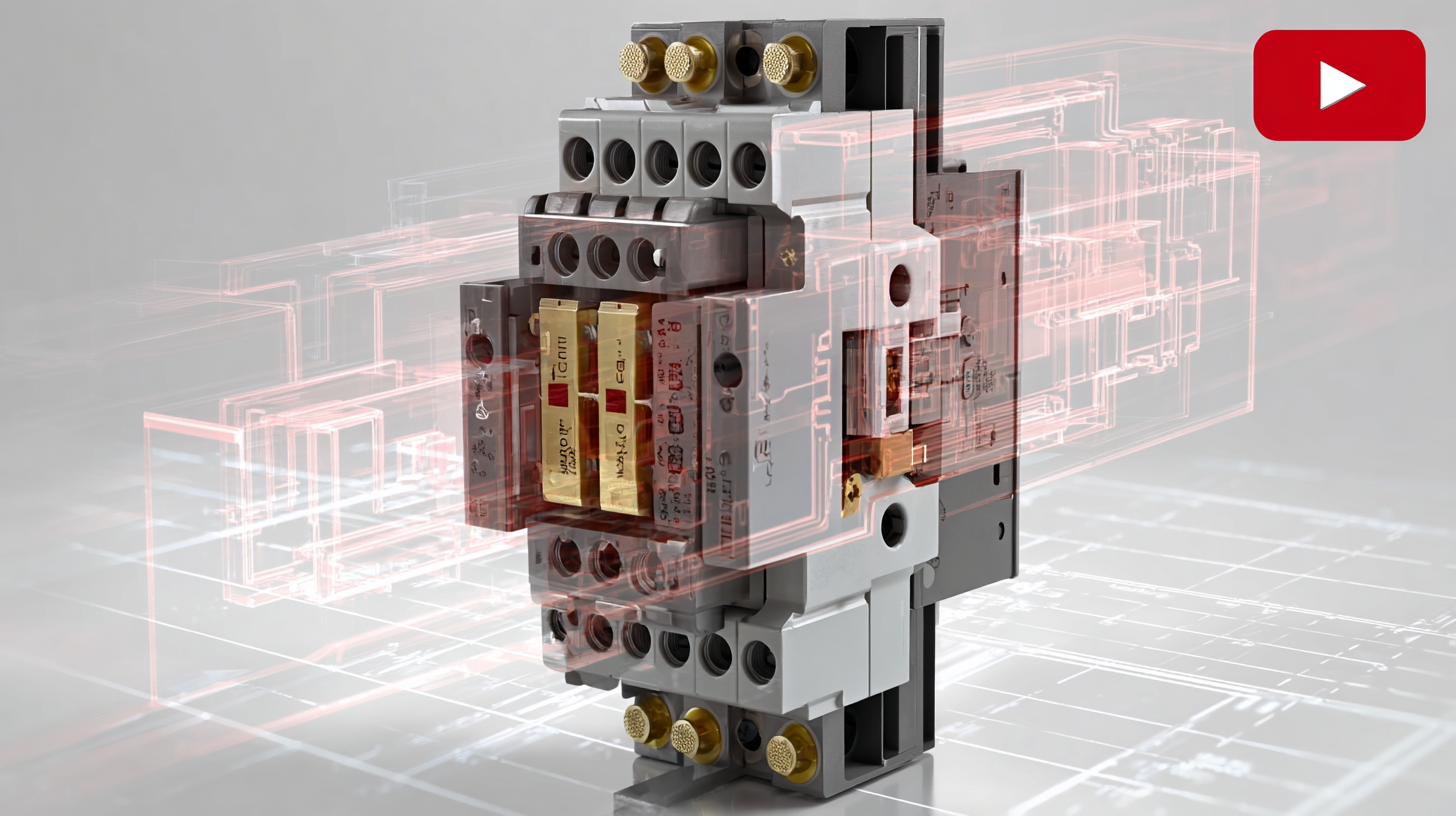
Tips for leveraging this growth include focusing on innovation in circuit breaker technologies, which can significantly enhance safety and reliability. Additionally, companies should consider strategic partnerships with Chinese manufacturers to tap into their advanced research and development capabilities. Investing in sustainable practices within production processes will also be key, as global demand shifts towards eco-friendly solutions in the electrical industry.
Establishing a robust supply chain within China could provide businesses with a competitive edge. Engaging local expertise and understanding regulatory frameworks will enable smoother operations and quicker adaptations to market changes. As the landscape evolves, staying informed about trends will be vital for those looking to thrive in the burgeoning circuit breaker market.
Innovations and Technological Advances in Thermal Magnetic Circuit Breakers
The thermal magnetic circuit breaker market is witnessing rapid innovations driven by technological advances. As we look towards 2025, industry reports project a compound annual growth rate (CAGR) of 4.5% for this sector, primarily propelled by the increasing demand for energy efficiency and safety in electrical systems. Enhanced materials and designs are improving performance metrics such as response time, durability, and energy consumption. For instance, the integration of smart technologies allows for real-time monitoring, enabling users to optimize usage and enhance safety.
**Tip 1:** Consider investing in thermal magnetic circuit breakers with IoT capabilities. These systems can provide valuable data insights, helping businesses to anticipate failures and optimize maintenance schedules.
In addition to smart technology integration, the use of eco-friendly materials in manufacturing is becoming a prevalent trend. Reports indicate a significant shift towards sustainability, with over 35% of manufacturers incorporating recyclable materials into their products. This not only meets regulatory standards but also aligns with consumer preferences for environmentally conscious solutions.
**Tip 2:** When selecting circuit breakers, prioritize those made from sustainable practices, as they may offer long-term operational efficiencies and appeal to a growing market of eco-conscious consumers.
2025 Market Insights: The Future of Best Thermal Magnetic Circuit Breakers
Market Trends and Consumer Preferences Shaping the Future
The market for thermal magnetic circuit breakers is undergoing significant transformation as emerging trends and changing consumer preferences shape the future landscape. As industries shift towards greater energy efficiency and safety, the need for reliable circuit protection grows exponentially. This is reflected in the rising demand for advanced thermal magnetic technology that offers superior performance, versatility, and integration with smart home solutions.
Consumer preferences are leaning towards products that not only ensure safety but also align with sustainable practices. An increasing awareness of energy conservation is driving consumers to prioritize eco-friendly features in their purchasing decisions. Additionally, the integration of smart technologies in circuit breakers is capturing interest, as homeowners seek solutions that enhance automation and connectivity within their electrical systems. Companies that can adapt to these trends, focusing on innovation and sustainability, are likely to thrive in this evolving market.
2025 Market Insights: The Future of Best Thermal Magnetic Circuit Breakers
| Market Segment | Market Size (USD Million) | Growth Rate (%) | Consumer Preference (%) | Key Features Desired |
|---|---|---|---|---|
| Residential | 500 | 5.0 | 65 | Smart monitoring, compact design |
| Commercial | 300 | 4.5 | 70 | Energy efficiency, ease of use |
| Industrial | 400 | 6.2 | 72 | High capacity, durability |
| Utility | 200 | 3.0 | 80 | Reliability, advanced safety features |
| Overall Market | 1400 | 5.2 | 70 | Smart features, energy efficiency |
Challenges and Opportunities for Chinese Manufacturers in the Global Market
In the evolving landscape of thermal magnetic circuit breakers, Chinese manufacturers are facing both challenges and opportunities in the global market. A recent report by MarketsandMarkets estimates that the global circuit breaker market will reach $10.8 billion by 2025, driven by the rising demand for efficient electrical protection systems. However, Chinese manufacturers must navigate a complex environment characterized by stringent international regulations and fierce competition from established brands in Europe and North America.
Moreover, the shift towards renewable energy sources presents a significant opportunity for innovation and market expansion. According to the International Energy Agency (IEA), renewable energy is expected to account for nearly 30% of global electricity generation by 2025. Chinese manufacturers can capitalize on this trend by developing thermal magnetic circuit breakers that cater specifically to the needs of renewable installations, such as solar and wind energy systems. By investing in research and development and adhering to international standards, these manufacturers can enhance their competitiveness and seize new market segments abroad.
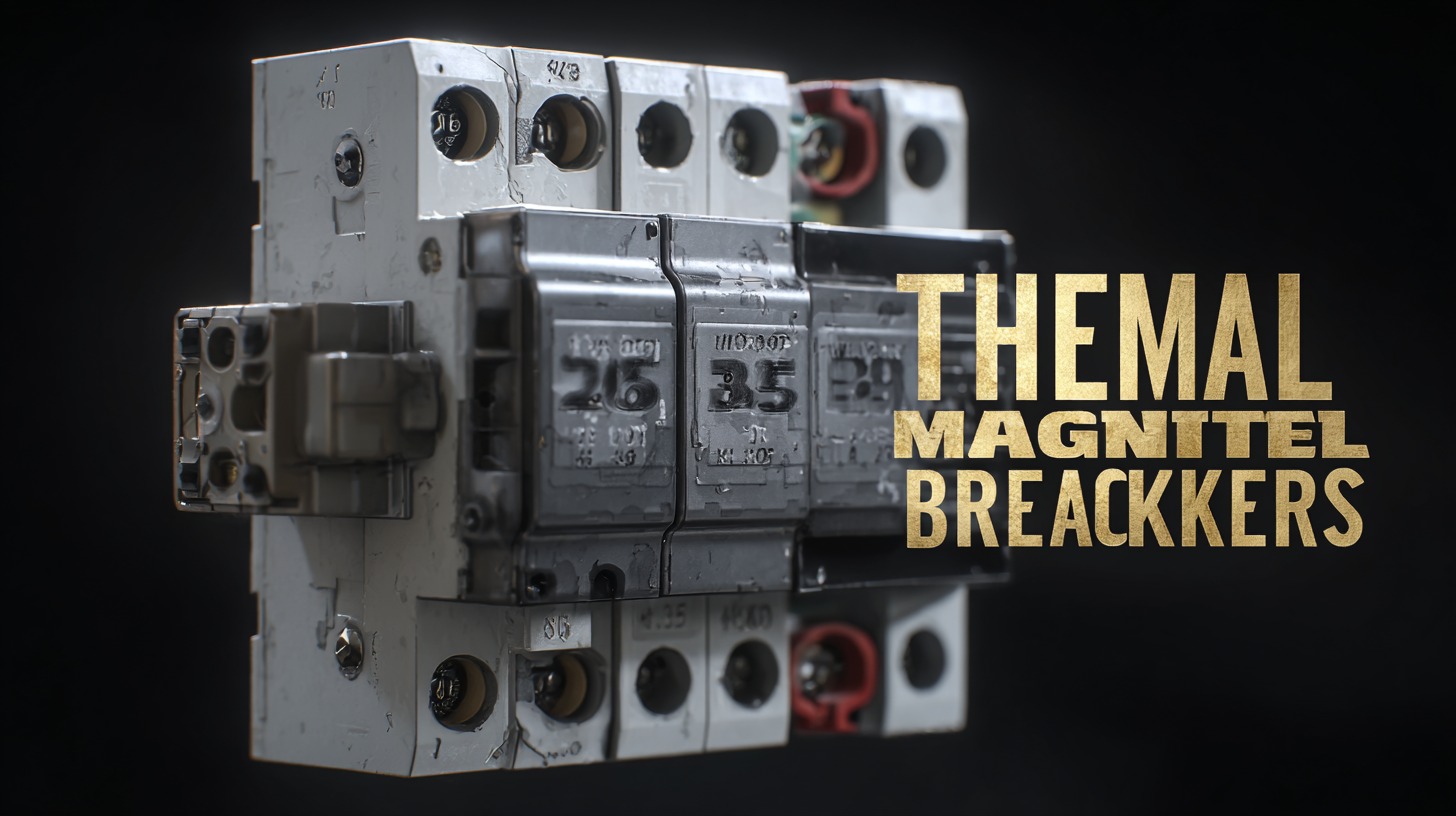

 JCB1-125
JCB1-125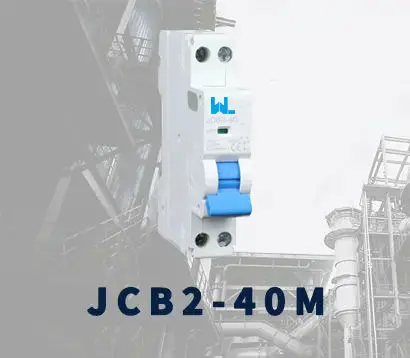 JCB2-40M
JCB2-40M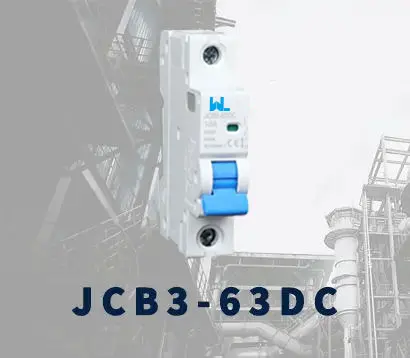 JCB3-63DC
JCB3-63DC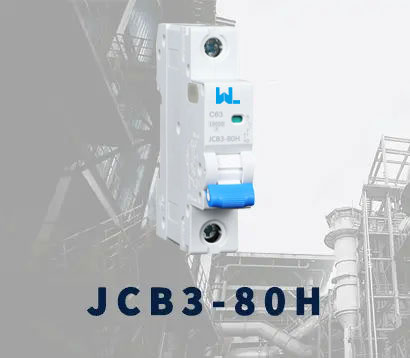 JCB3-80H
JCB3-80H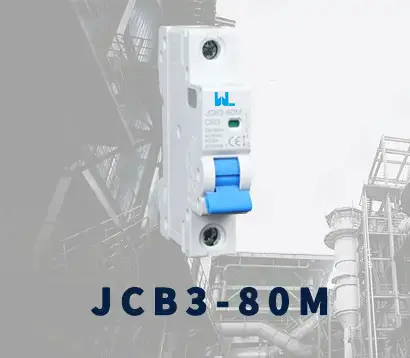 JCB3-80M
JCB3-80M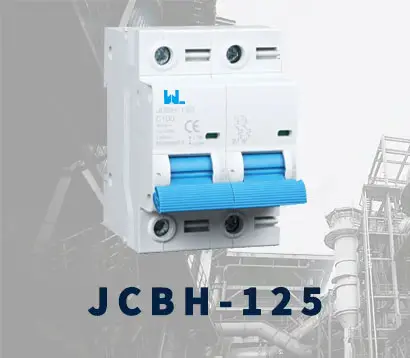 JCBH-125
JCBH-125 JC125-4P
JC125-4P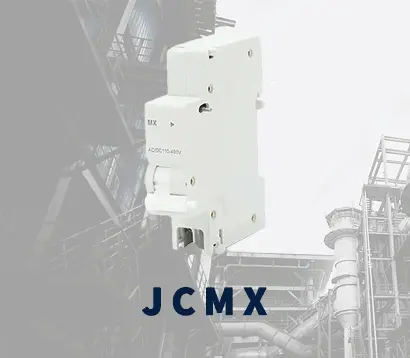 JCMX
JCMX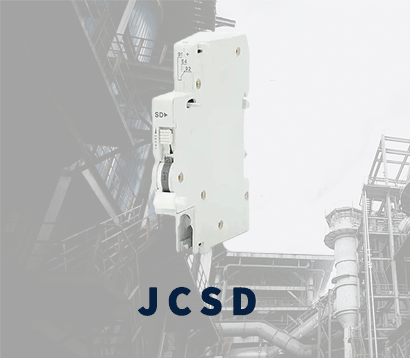 JCSD
JCSD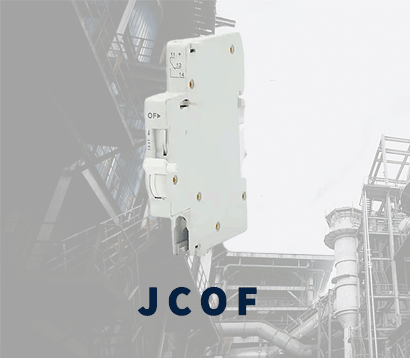 JCOF
JCOF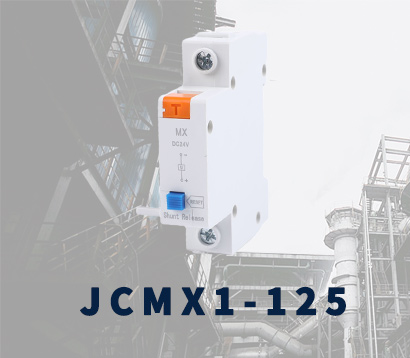 JCMX1-125
JCMX1-125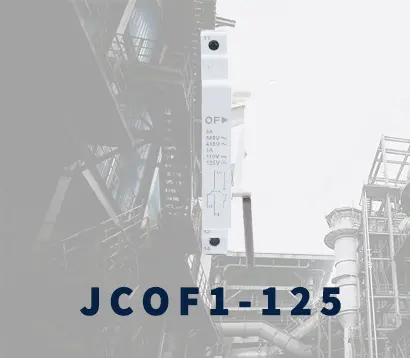 JCOF1-125
JCOF1-125 JCSD1-125
JCSD1-125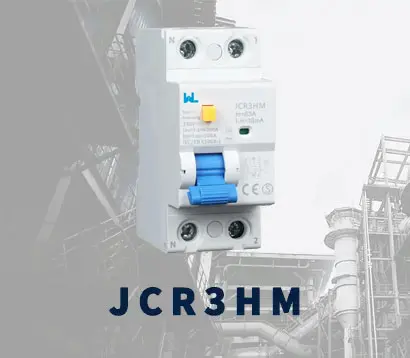 JCR3HM
JCR3HM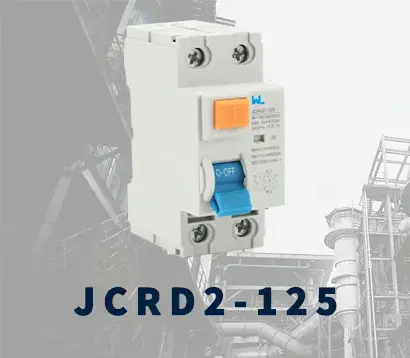 JCRD2-125
JCRD2-125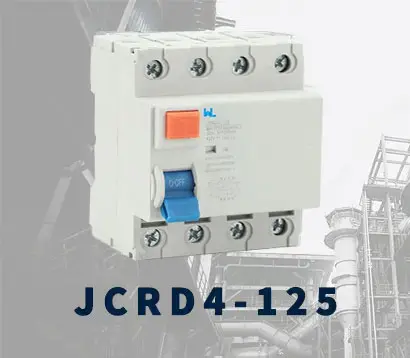 JCRD4-125
JCRD4-125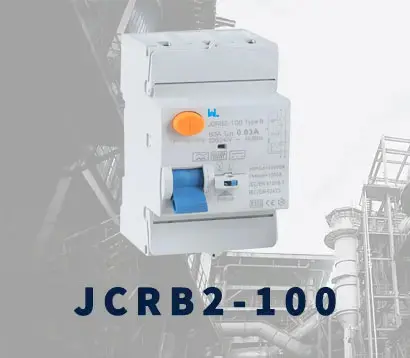 JCRB2-100
JCRB2-100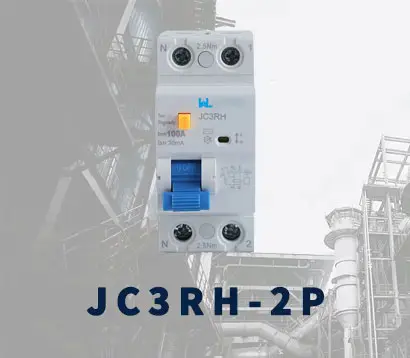 JC3RH-2P
JC3RH-2P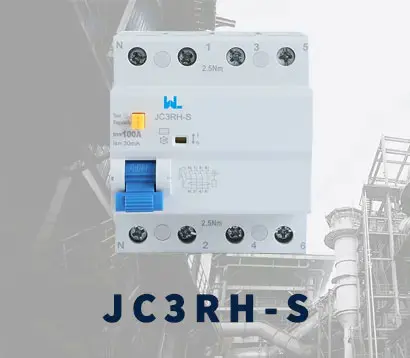 JC3RH-S
JC3RH-S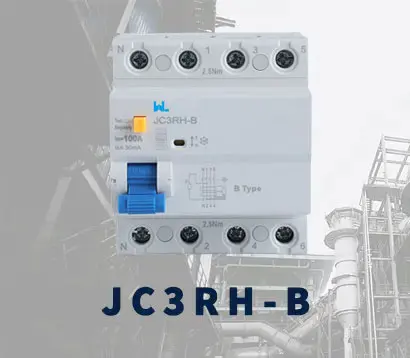 JC3RH-B
JC3RH-B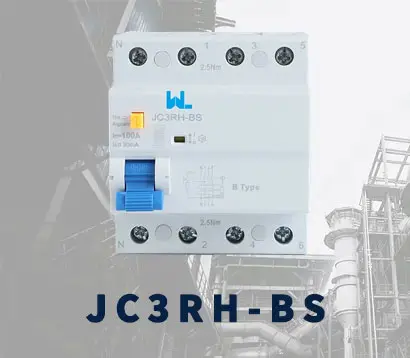 JC3RH-BS
JC3RH-BS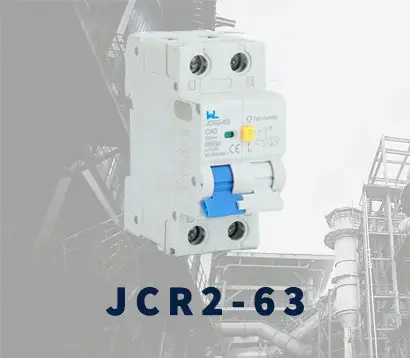 JCR2-63
JCR2-63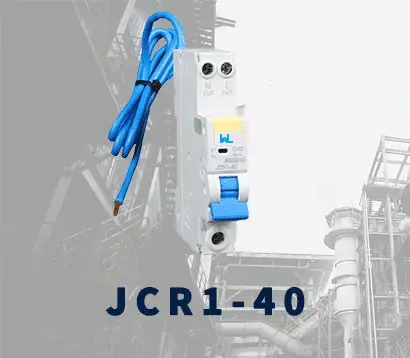 JCR1-40
JCR1-40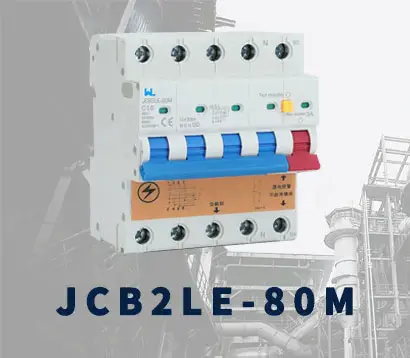 JCB2LE-80M
JCB2LE-80M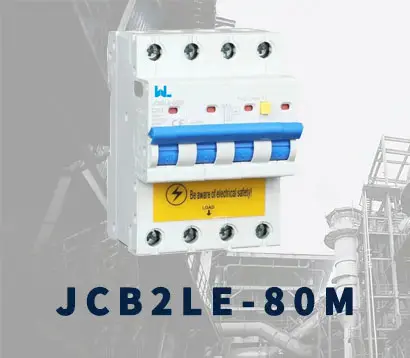 JCB2LE-80M
JCB2LE-80M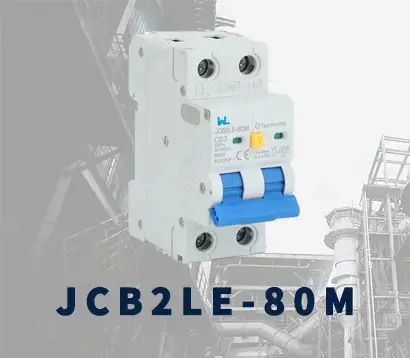 JCB2LE-80M
JCB2LE-80M JCB2LE-40M
JCB2LE-40M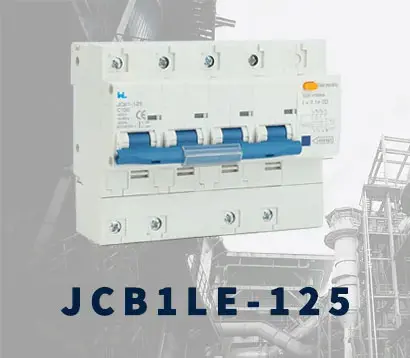 JCB1LE-125
JCB1LE-125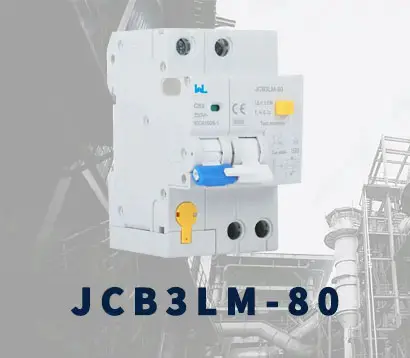 JCB3LM-80
JCB3LM-80 JCH2-125
JCH2-125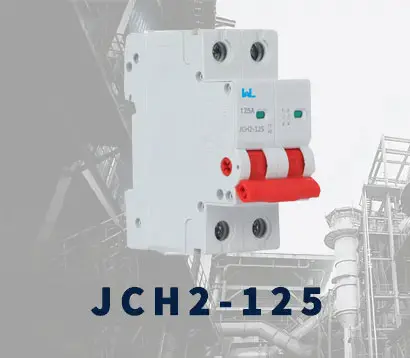 JCH2-125
JCH2-125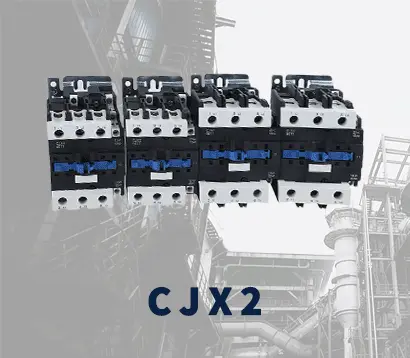 CJX2
CJX2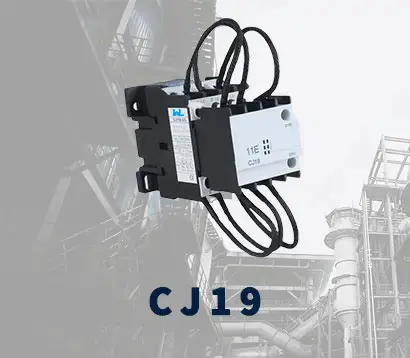 CJ19
CJ19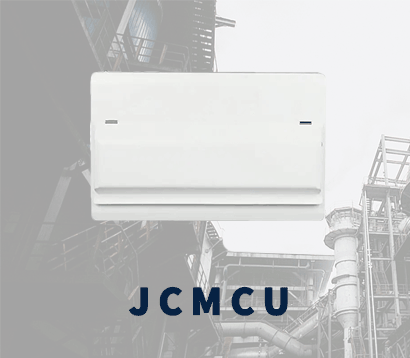 JCMCU
JCMCU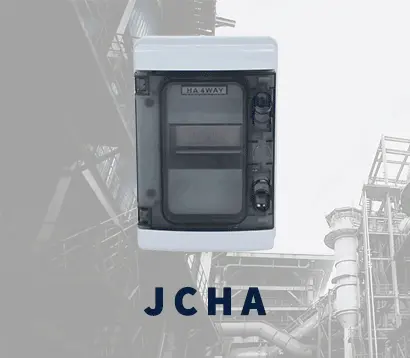 JCHA
JCHA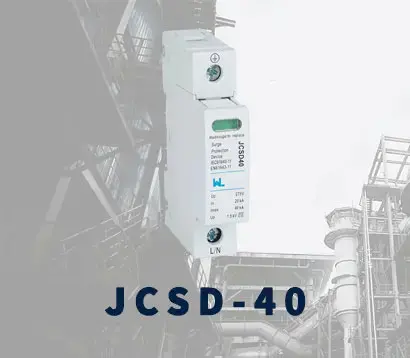 JCSD-40
JCSD-40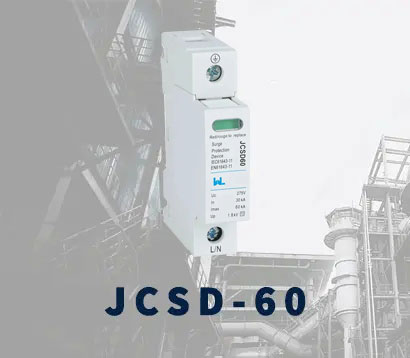 JCSD-60
JCSD-60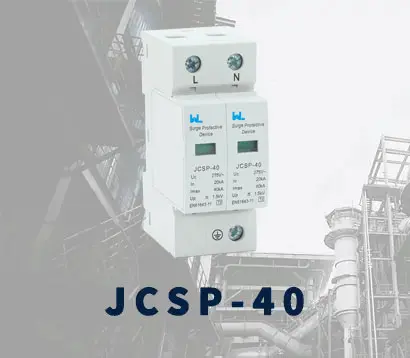 JCSP-40
JCSP-40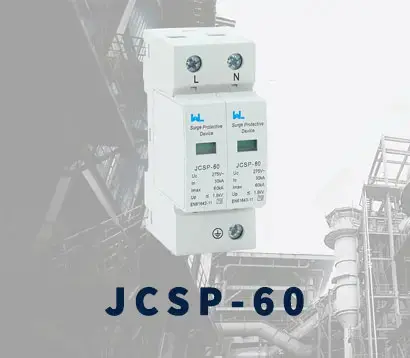 JCSP-60
JCSP-60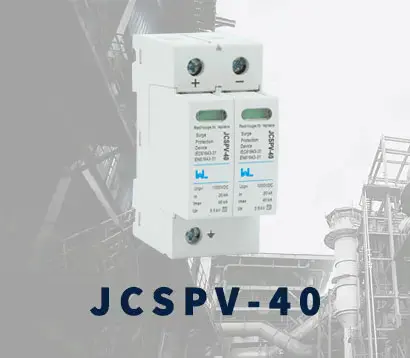 JCSPV
JCSPV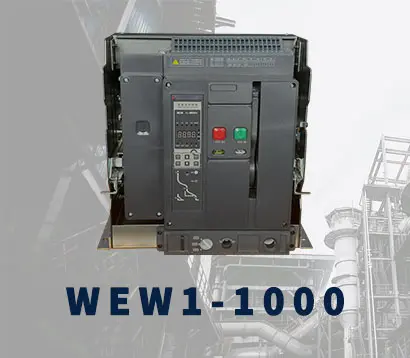 WEW1-1000
WEW1-1000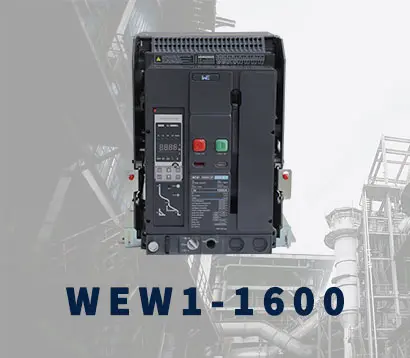 WEW1-1600
WEW1-1600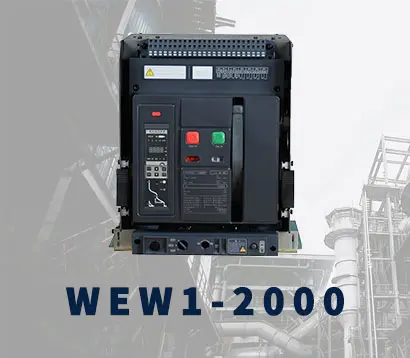 WEW1-2000
WEW1-2000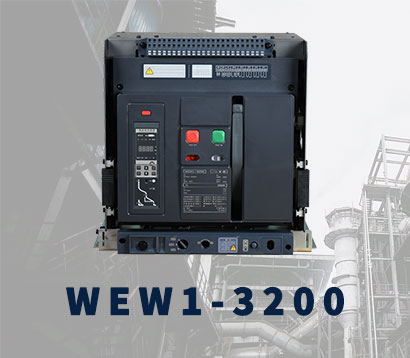 WEW1-3200
WEW1-3200 WEW1-4000
WEW1-4000 WEW1-6300
WEW1-6300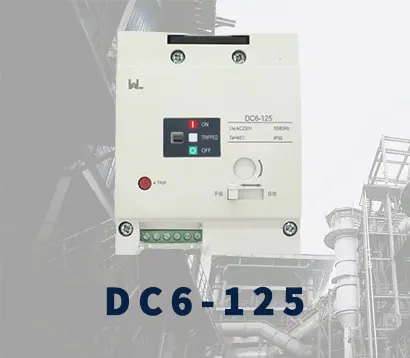 DC6-125
DC6-125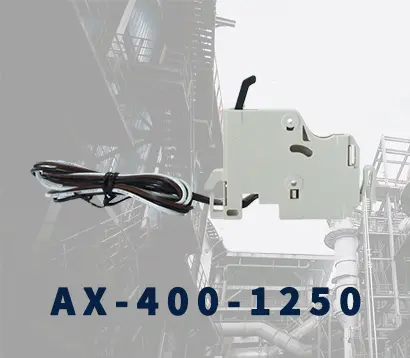 AX-400-1250
AX-400-1250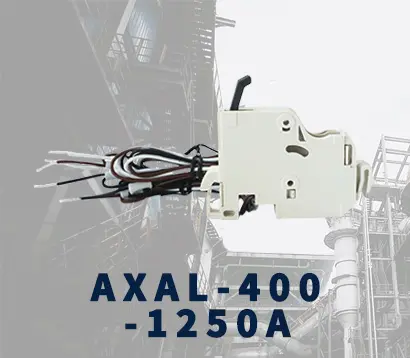 AXAL-400-1250A
AXAL-400-1250A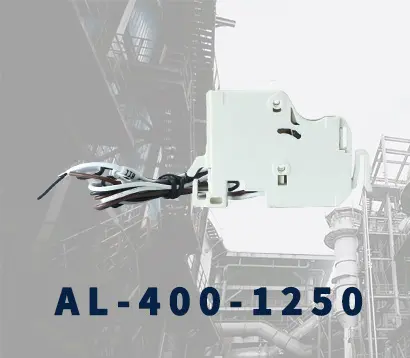 AL-400-1250
AL-400-1250 DC3-160
DC3-160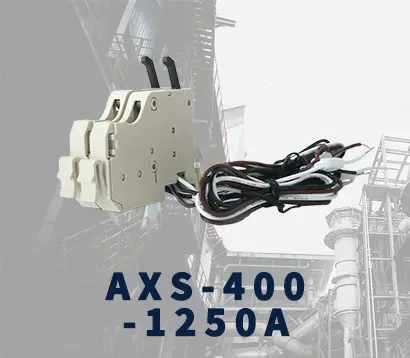 AXS-400-1250A
AXS-400-1250A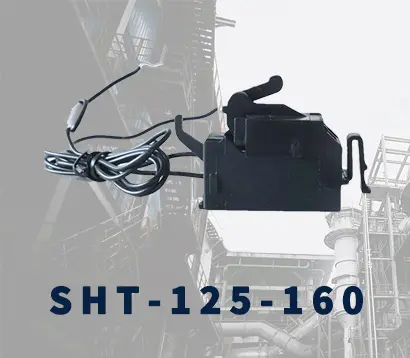 SHT-125-160
SHT-125-160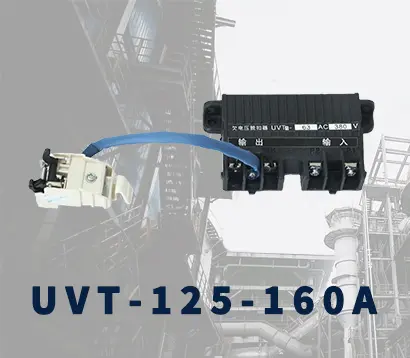 UVT-125-160A
UVT-125-160A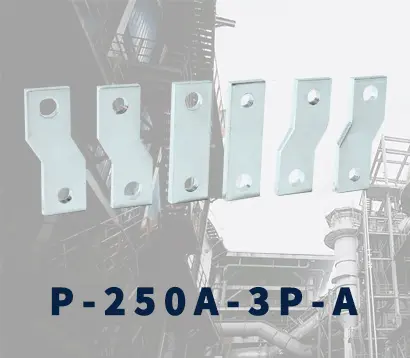 P-250A-3P-A
P-250A-3P-A 400-3P/4P terminal cover
400-3P/4P terminal cover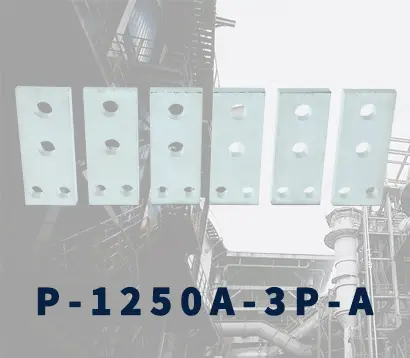 1250-3Pmccb accessories busbar
1250-3Pmccb accessories busbar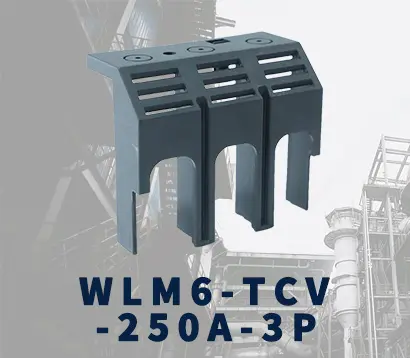 250-3P terminal conver
250-3P terminal conver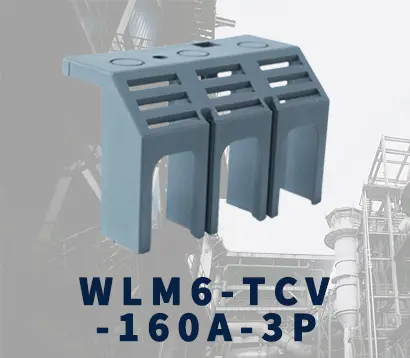 WLM6-TCV-160A-3P
WLM6-TCV-160A-3P WLM6-MIP-250A
WLM6-MIP-250A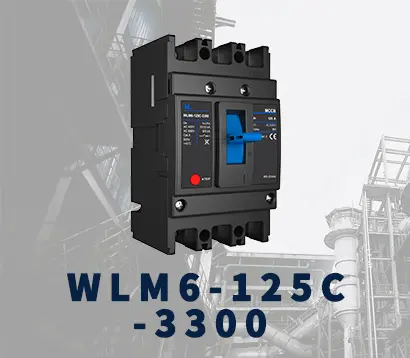 WLM6-125A-3300 3P/4P
WLM6-125A-3300 3P/4P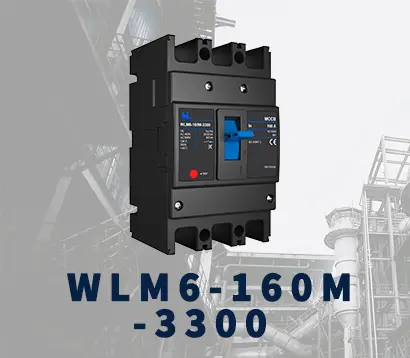 WLM6-160A-3300 3P/4P
WLM6-160A-3300 3P/4P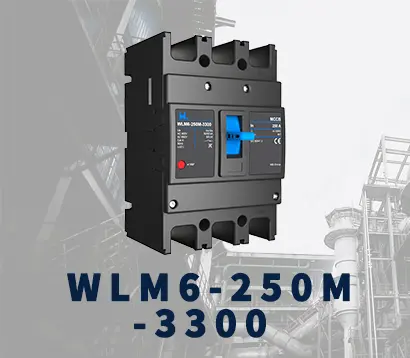 WLM6-250A-3300 3P/4P
WLM6-250A-3300 3P/4P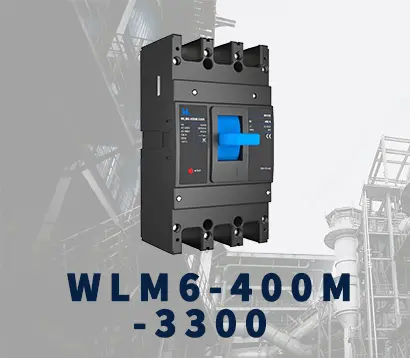 WLM6-400A-3300 3P/4P
WLM6-400A-3300 3P/4P WLM6-630A-3300 3P/4P
WLM6-630A-3300 3P/4P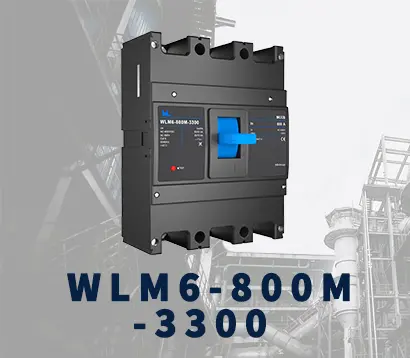 WLM6-800A-3300 3P/4P
WLM6-800A-3300 3P/4P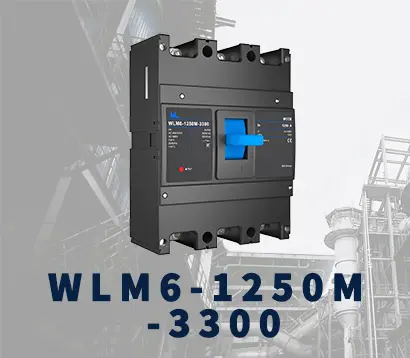 WLM6-1250A-3300 3P/4P
WLM6-1250A-3300 3P/4P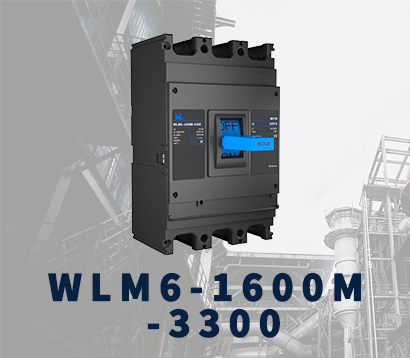 WLM6-1600A-3300 3P/4P
WLM6-1600A-3300 3P/4P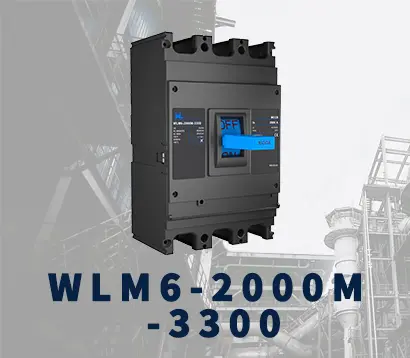 WLM6-2000A 3P/4P
WLM6-2000A 3P/4P WLM8-125H-3300
WLM8-125H-3300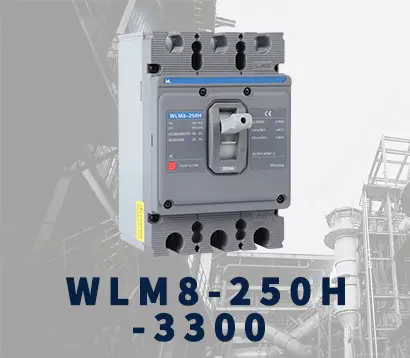 WLM8-250H-3300
WLM8-250H-3300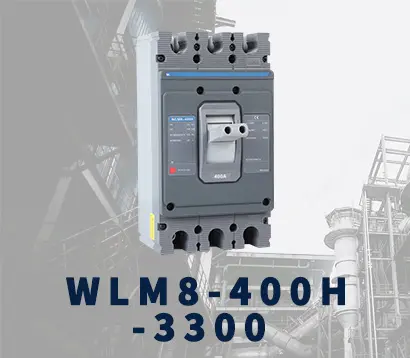 WLM8-400H-3300
WLM8-400H-3300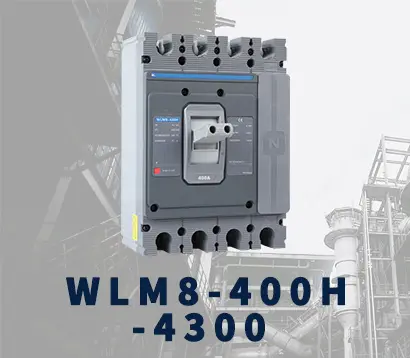 WLM8-400H-4300
WLM8-400H-4300 WLM8-630H-3300
WLM8-630H-3300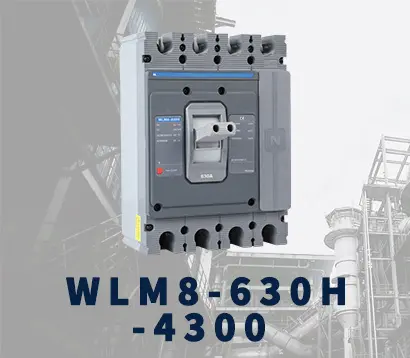 WLM8-630H-4300
WLM8-630H-4300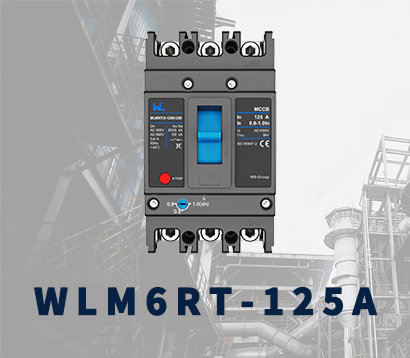 WLM6RT-125A
WLM6RT-125A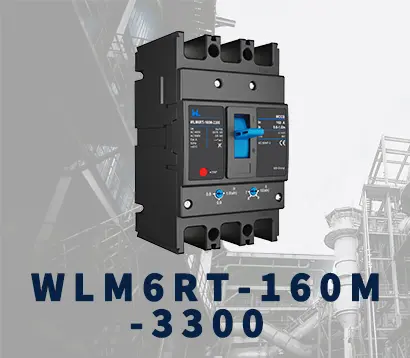 WLM6RT-160A
WLM6RT-160A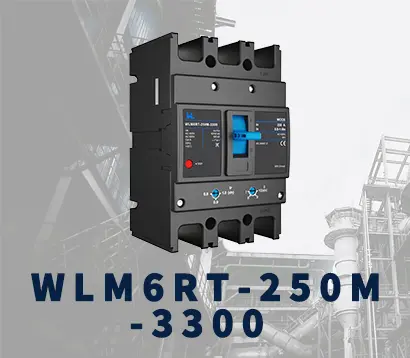 WLM6RT-250A
WLM6RT-250A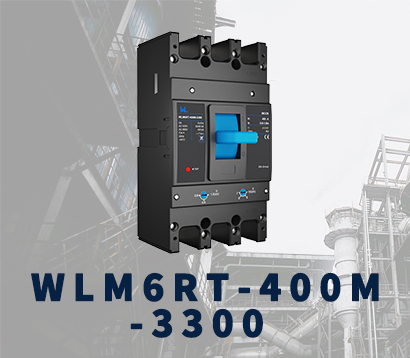 WLM6RT-400A
WLM6RT-400A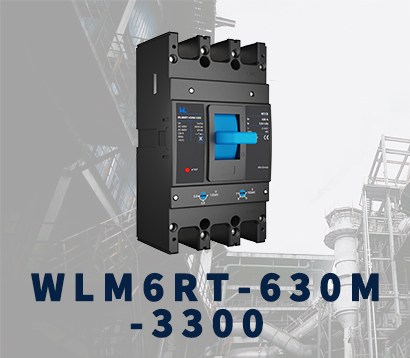 WLM6RT-630A
WLM6RT-630A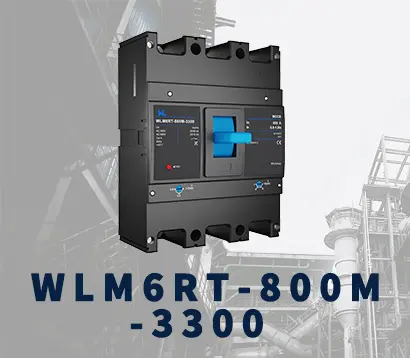 WLM6RT-800A
WLM6RT-800A WLM6RT-1250A
WLM6RT-1250A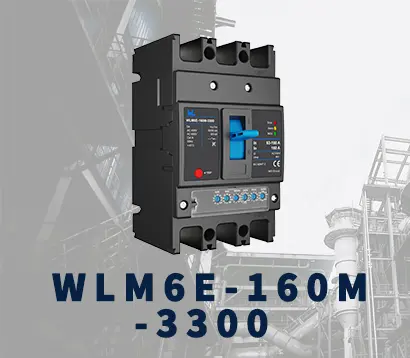 WLM6E-160A-3300 3P
WLM6E-160A-3300 3P WLM6E-250A-3300
WLM6E-250A-3300 WLM6E-400A-3300 3P/4P
WLM6E-400A-3300 3P/4P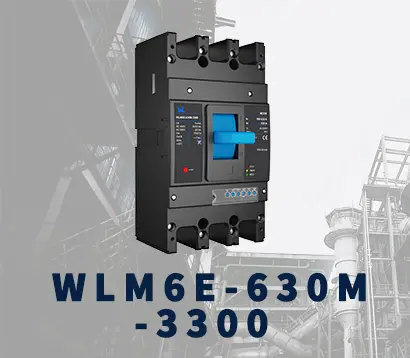 WLM6E-630A-3300
WLM6E-630A-3300 WLM6E-800A-3300 3P/4P
WLM6E-800A-3300 3P/4P WLM6E-1250A-3300
WLM6E-1250A-3300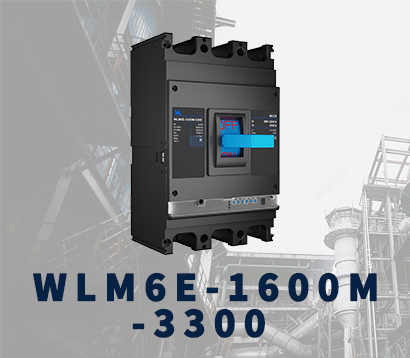 WLM6E-1600-3300 3P/4P
WLM6E-1600-3300 3P/4P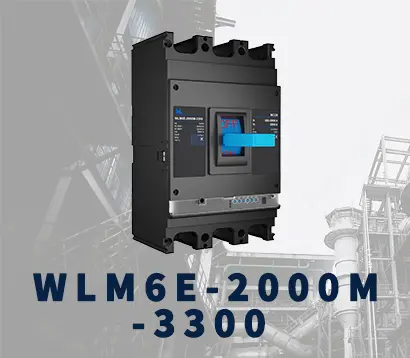 WLM6E-2000A-3300 3P/4P
WLM6E-2000A-3300 3P/4P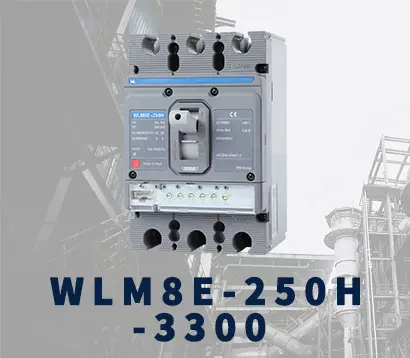 WLM8E-250H-3300
WLM8E-250H-3300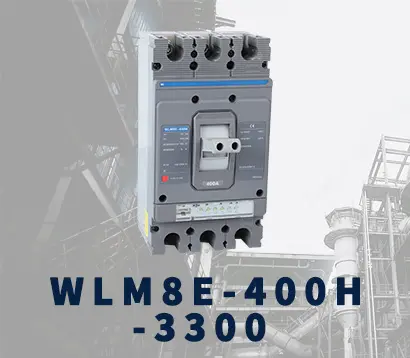 WLM8E-400H-3300
WLM8E-400H-3300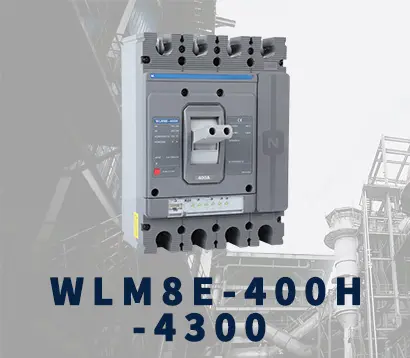 WLM8E-400H-4300
WLM8E-400H-4300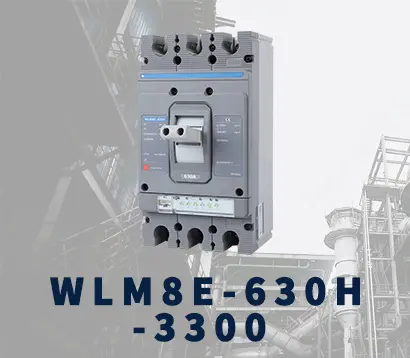 WLM8E-630H-3300
WLM8E-630H-3300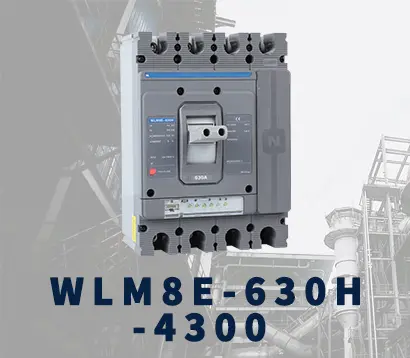 WLM8E-630H-4300
WLM8E-630H-4300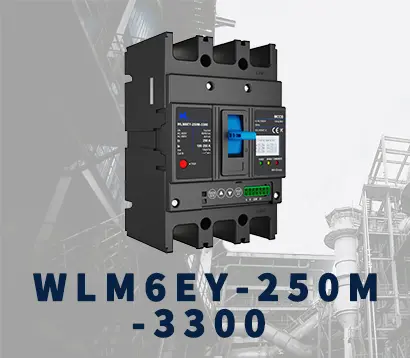 WLM6EY-250-3300 3P/4P
WLM6EY-250-3300 3P/4P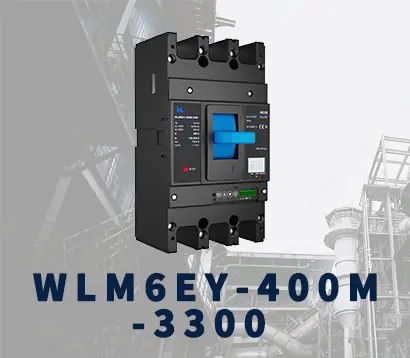 WLM6EY-400 3P/4P
WLM6EY-400 3P/4P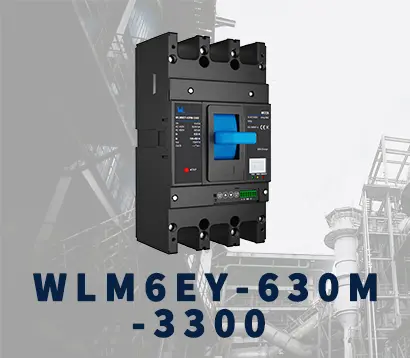 WLM6EY-630 3P/4P
WLM6EY-630 3P/4P WLM6EY-800A 3P/4P
WLM6EY-800A 3P/4P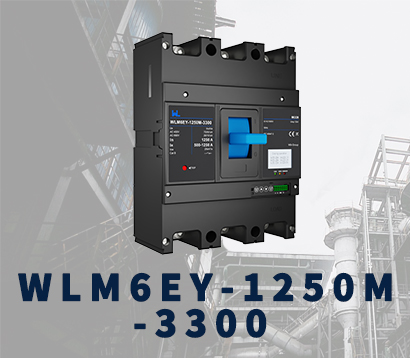 WLM6EY-1250A 3P/4P
WLM6EY-1250A 3P/4P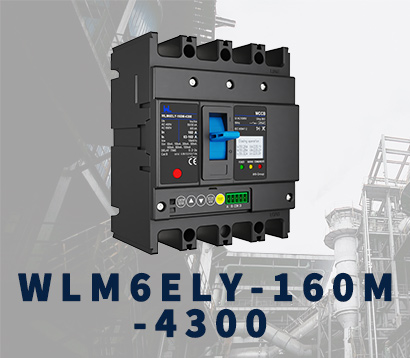 WLM6ELY-160A
WLM6ELY-160A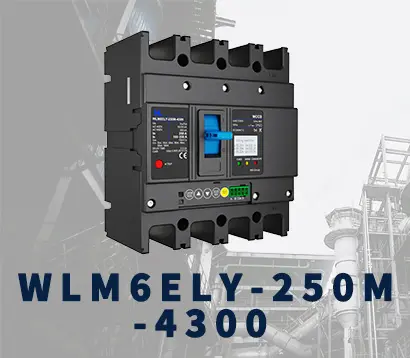 WLM6ELY-250A
WLM6ELY-250A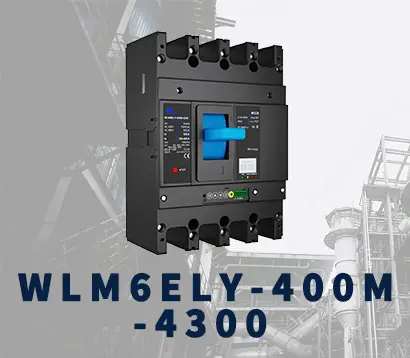 WLM6ELY-400A
WLM6ELY-400A WLM6ELY-800A
WLM6ELY-800A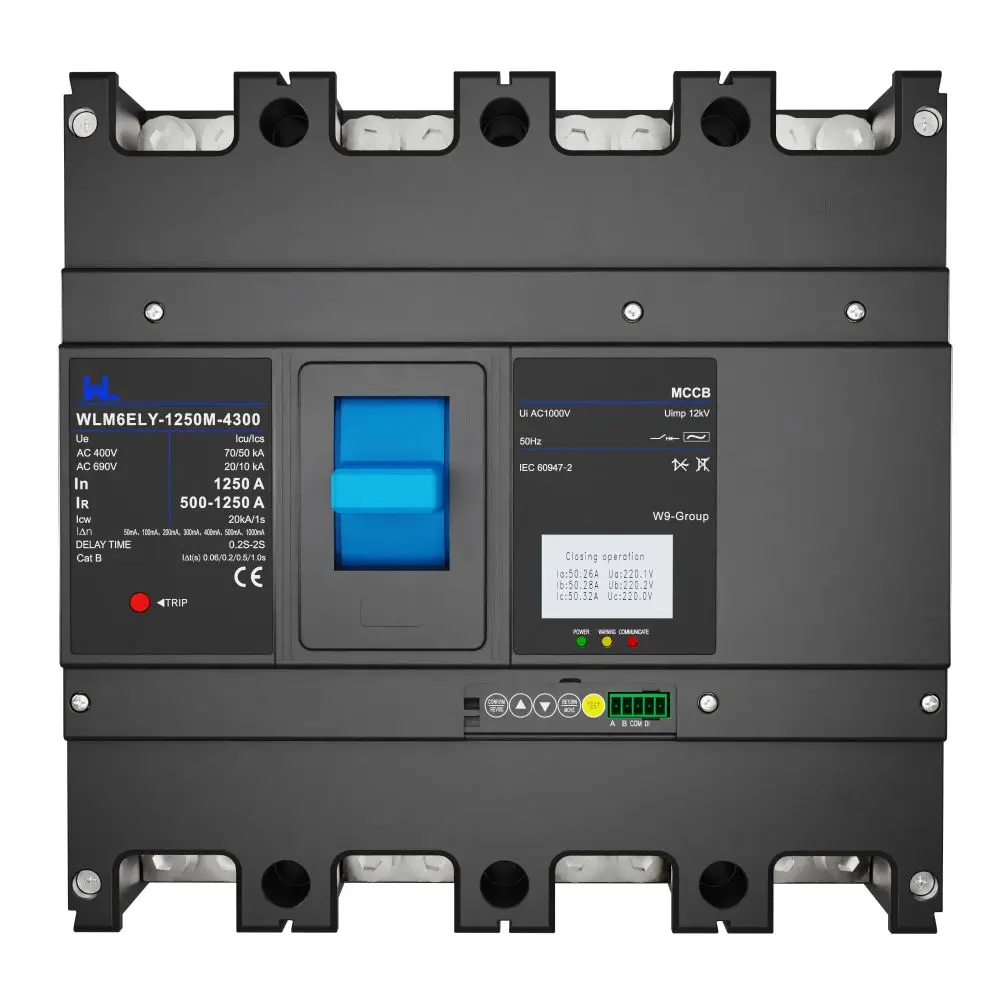 WLM6ELY-1250A
WLM6ELY-1250A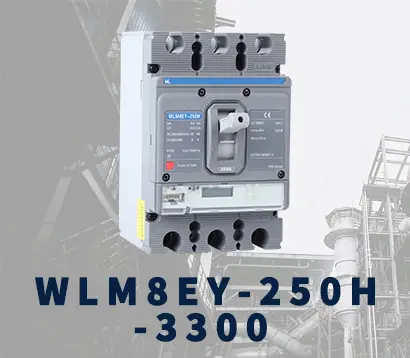 WLM8EY-250H-3300
WLM8EY-250H-3300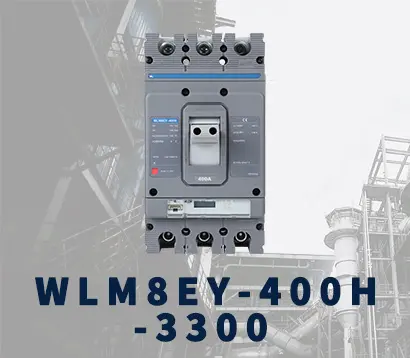 WLM8EY-400H-3300
WLM8EY-400H-3300 WLM8EY-630H-3300
WLM8EY-630H-3300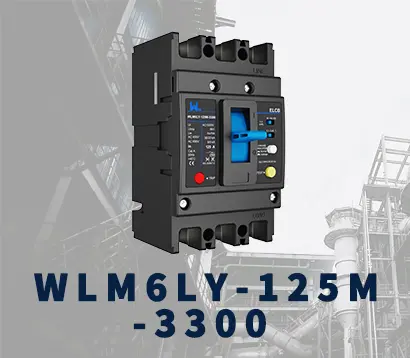 WLM6LY-125A
WLM6LY-125A WLM6L-160A
WLM6L-160A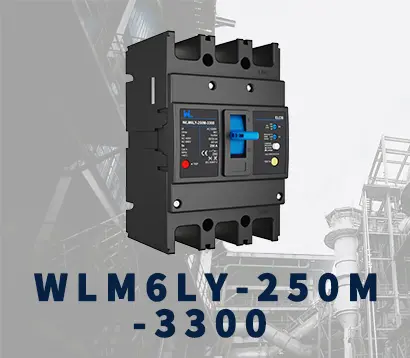 WLM6LY-250A
WLM6LY-250A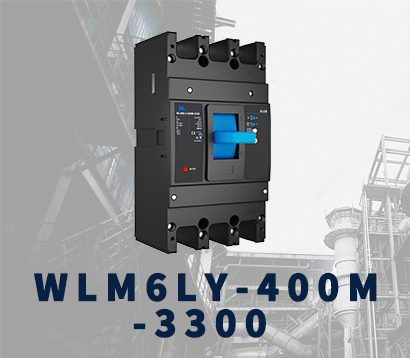 WLM6LY-400A
WLM6LY-400A WLM6LY-800A
WLM6LY-800A WLM6LY-630A
WLM6LY-630A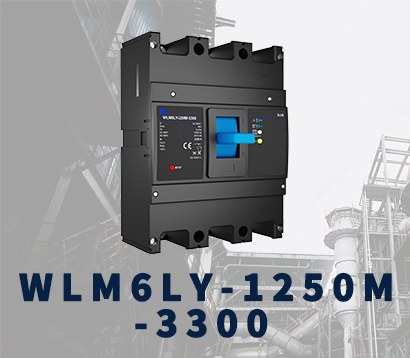 WLM6LY-1250A
WLM6LY-1250A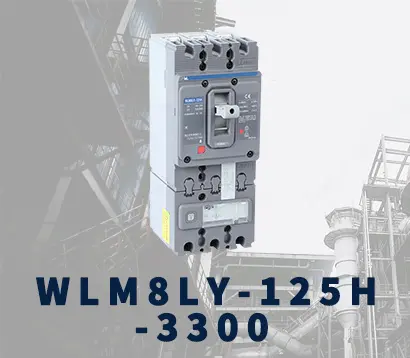 WLM8LY-125H-3300
WLM8LY-125H-3300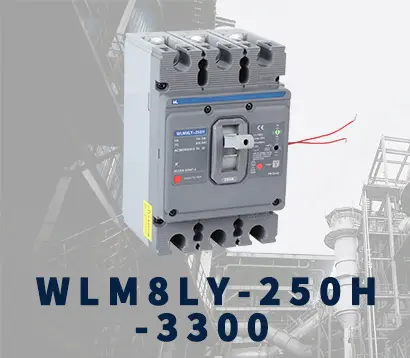 WLM8LY-250H-3300
WLM8LY-250H-3300 WLM8LY-400H-3300
WLM8LY-400H-3300 WLM8LY-630H-3300
WLM8LY-630H-3300 JCB3-63DC
JCB3-63DC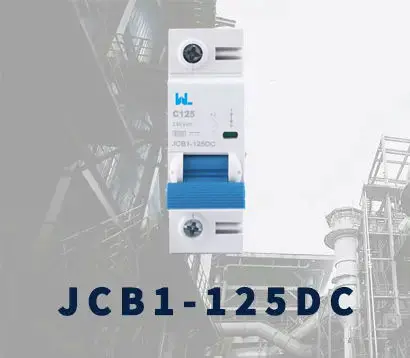 JCB1-125DC
JCB1-125DC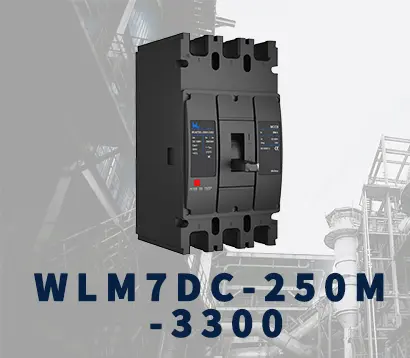 WLM7DC-250A-2300 2P/3P
WLM7DC-250A-2300 2P/3P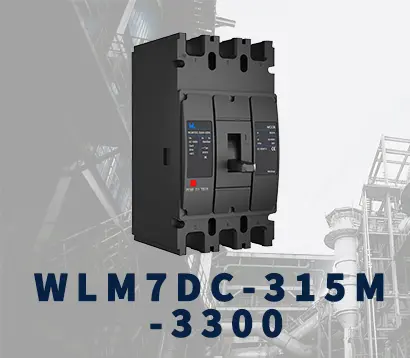 WLM7DC-315A-3300 2P/3P
WLM7DC-315A-3300 2P/3P WLM7DC-400A-2300 2P/3P
WLM7DC-400A-2300 2P/3P WLM7DC-630A-3300 3P
WLM7DC-630A-3300 3P WLM7DC-800A-2300 2P/3P
WLM7DC-800A-2300 2P/3P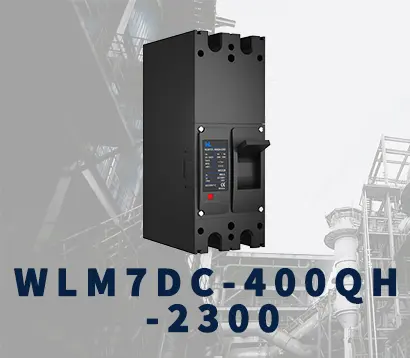 WLM7DC-400A 2300
WLM7DC-400A 2300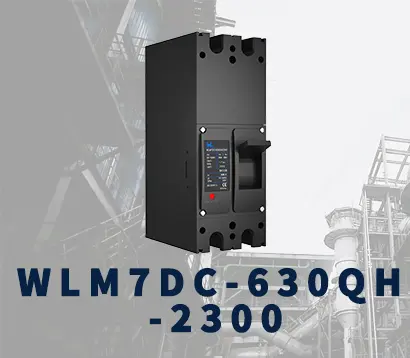 WLM7DC-630A-2300 2P
WLM7DC-630A-2300 2P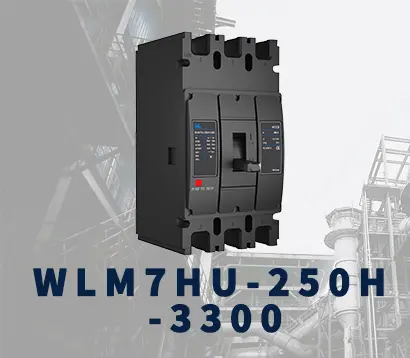 WLM7HU-250-3300 3P
WLM7HU-250-3300 3P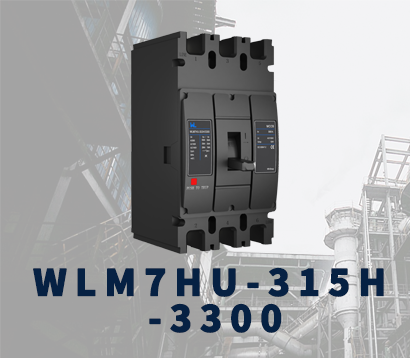 WLM7HU-315-3300 3P
WLM7HU-315-3300 3P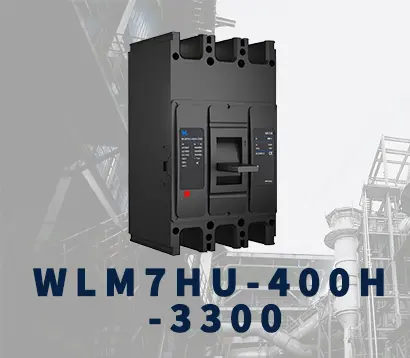 WLM7HU-400-3300 3P
WLM7HU-400-3300 3P WLM7HU-630-3300 3P
WLM7HU-630-3300 3P WLM7HU-800-3300 3P
WLM7HU-800-3300 3P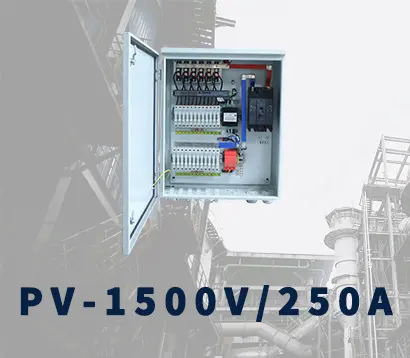 PV-1500V/250A
PV-1500V/250A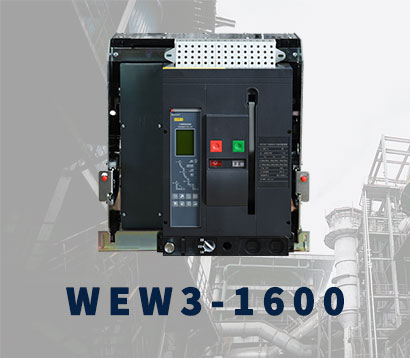 WEW3-1600
WEW3-1600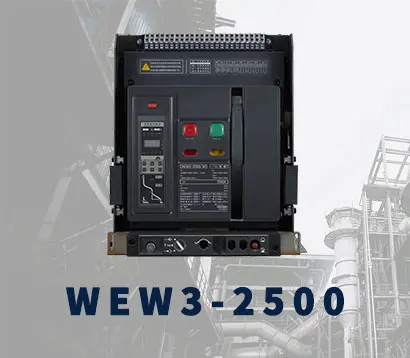 WEW3-2500
WEW3-2500 WEW3-4000
WEW3-4000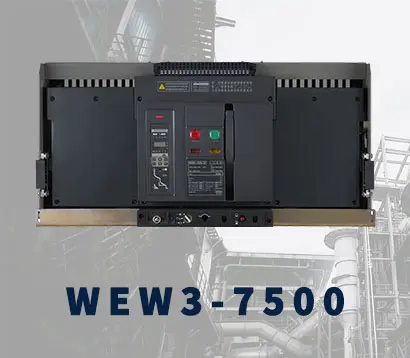 WEW3-7500
WEW3-7500



